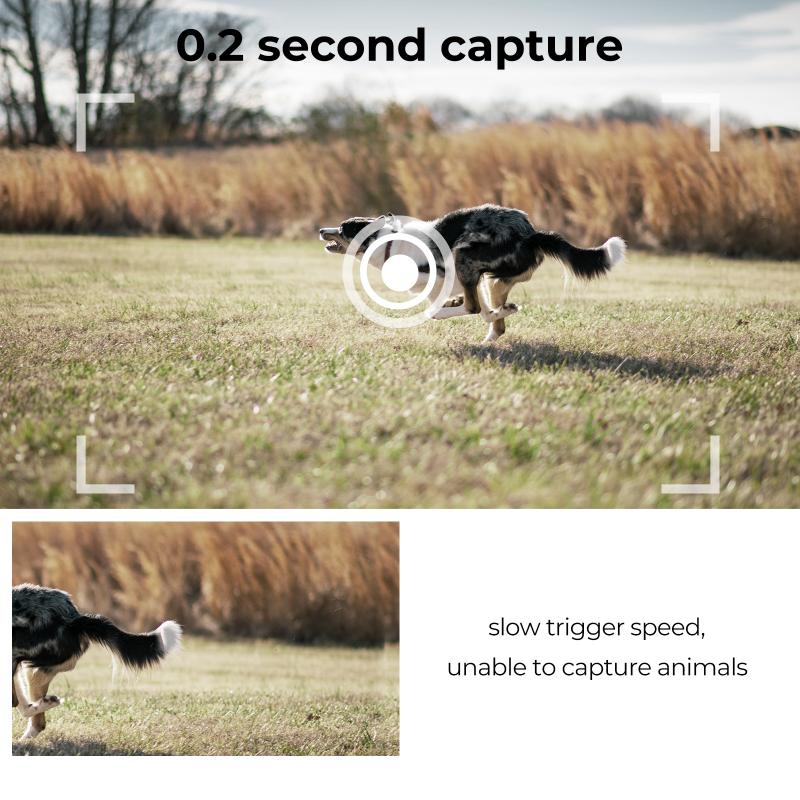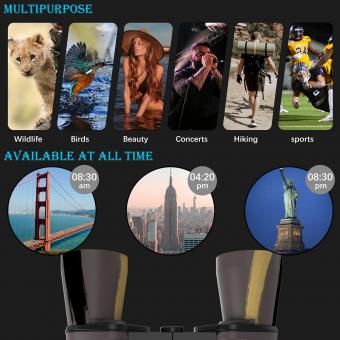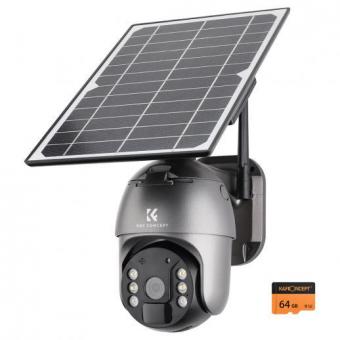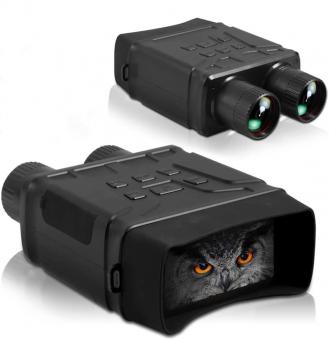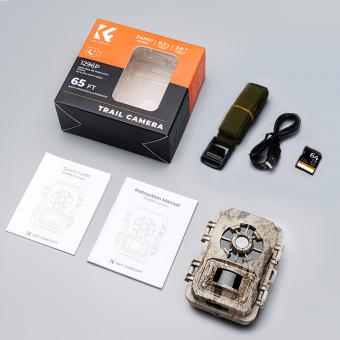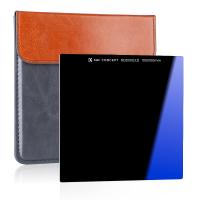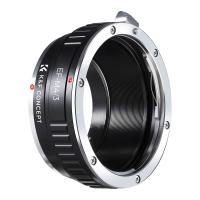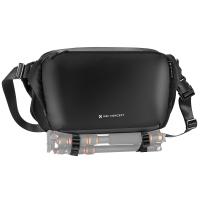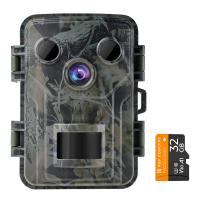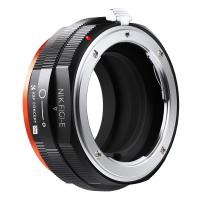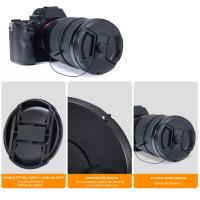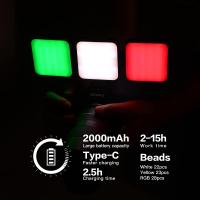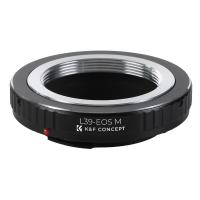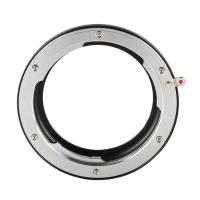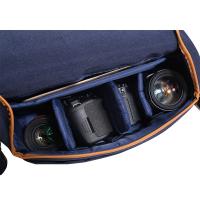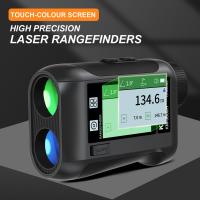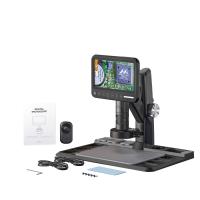What's Better Night Vision Or Thermal Scopes ?
Night vision and thermal scopes are both useful tools for hunting and surveillance, but they have different strengths and weaknesses. Night vision scopes work by amplifying available light, allowing the user to see in low-light conditions. Thermal scopes, on the other hand, detect heat signatures and can be used to detect living beings even in complete darkness.
The choice between night vision and thermal scopes depends on the specific application. If you need to detect living beings in complete darkness, a thermal scope is the better choice. However, if you need to see in low-light conditions, a night vision scope is the better option. Ultimately, the best choice depends on the specific needs of the user.
1、 Night vision technology
What's better night vision or thermal scopes? The answer is night vision technology. Night vision technology has been around for decades and has been continuously improved upon. It works by amplifying existing light, such as moonlight or starlight, to provide a clear image in low-light conditions. This makes it ideal for use in a variety of situations, including hunting, surveillance, and military operations.
While thermal scopes have their advantages, such as being able to detect heat signatures, they are not as versatile as night vision technology. Thermal scopes are best suited for detecting living beings in complete darkness, but they are not as effective in low-light conditions or when trying to identify objects or terrain features.
In recent years, night vision technology has seen significant advancements, including the use of digital technology and the incorporation of infrared illuminators. These advancements have made night vision technology even more effective and versatile, allowing for clearer images and longer ranges.
Overall, while thermal scopes have their uses, night vision technology is the better choice for most applications. Its versatility, effectiveness in low-light conditions, and continuous advancements make it the clear winner in the debate between night vision and thermal scopes.

2、 Thermal imaging technology
Thermal imaging technology is better than night vision scopes for several reasons. Firstly, thermal scopes can detect heat signatures, which means they can detect living beings and objects even in complete darkness. Night vision scopes, on the other hand, rely on ambient light and can only amplify the available light to provide a clearer image. This means that in low-light conditions, night vision scopes may not be as effective as thermal scopes.
Secondly, thermal scopes can provide a clearer image in adverse weather conditions such as fog, rain, and snow. This is because thermal imaging technology is not affected by these weather conditions, whereas night vision scopes can be affected by them.
Thirdly, thermal scopes can detect targets at longer distances than night vision scopes. This is because thermal imaging technology can detect heat signatures from a distance, whereas night vision scopes rely on ambient light, which can limit their range.
Lastly, thermal scopes are becoming more affordable and accessible to the general public. With advancements in technology, thermal scopes are becoming more compact, lightweight, and affordable, making them a viable option for hunters, law enforcement, and military personnel.
In conclusion, thermal imaging technology is better than night vision scopes due to its ability to detect heat signatures, provide a clearer image in adverse weather conditions, detect targets at longer distances, and becoming more affordable and accessible.
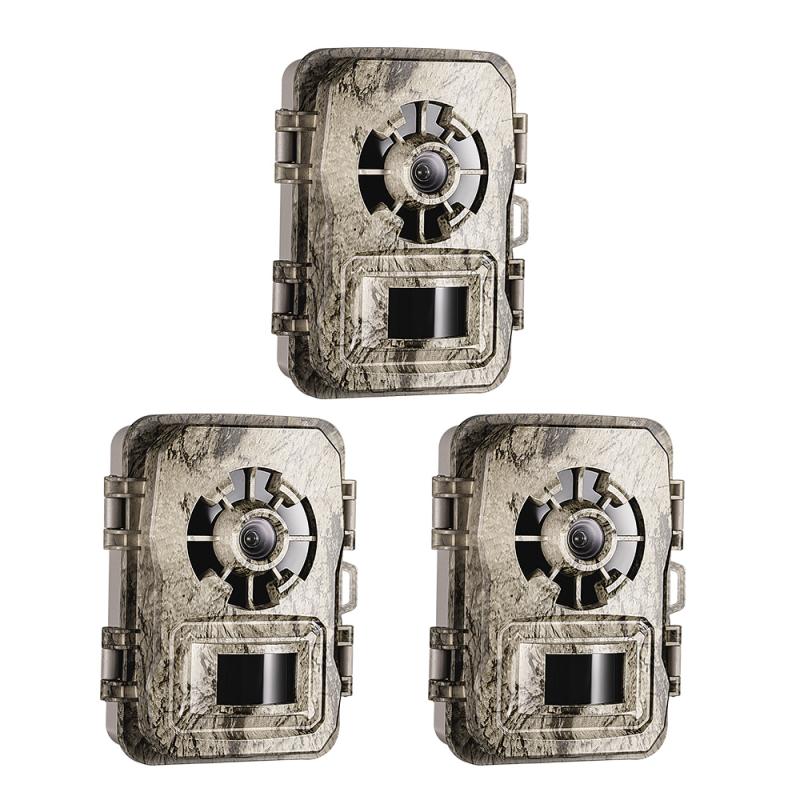
3、 Comparison of night vision and thermal scopes
Comparison of night vision and thermal scopes:
When it comes to choosing between night vision and thermal scopes, it ultimately depends on the intended use and personal preference. Both technologies have their advantages and disadvantages.
Night vision scopes work by amplifying available light, allowing the user to see in low-light conditions. They are ideal for hunting and surveillance, as they provide clear images of targets in the dark. However, they are limited by the amount of available light and can be affected by weather conditions such as fog or rain.
Thermal scopes, on the other hand, detect heat signatures and create an image based on the temperature differences in the environment. They are ideal for tracking game and detecting intruders, as they can detect targets even in complete darkness. However, they are more expensive than night vision scopes and can be affected by environmental factors such as wind and rain.
In terms of the latest point of view, there has been a recent trend towards using thermal scopes for hunting and surveillance. This is due to their ability to detect heat signatures, which can provide more accurate targeting and tracking of game or intruders. Additionally, advancements in technology have made thermal scopes more affordable and accessible to the average consumer.
Ultimately, the choice between night vision and thermal scopes comes down to personal preference and intended use. Both technologies have their advantages and disadvantages, and it is important to consider factors such as cost, environmental conditions, and intended use when making a decision.
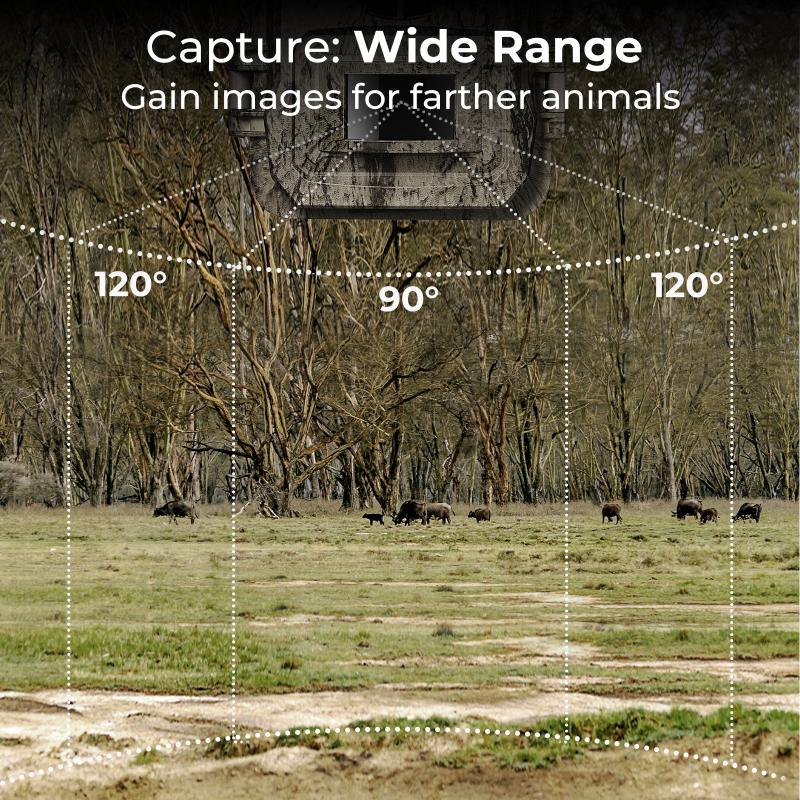
4、 Applications of night vision scopes
What's better night vision or thermal scopes?
The answer to this question depends on the specific application and the user's preferences. Night vision scopes use ambient light to amplify the image, allowing the user to see in low-light conditions. Thermal scopes, on the other hand, detect heat signatures and create an image based on the temperature differences in the environment.
Night vision scopes are better suited for situations where the user needs to see in low-light conditions, such as hunting or surveillance. They are also more affordable than thermal scopes, making them a popular choice for many users. However, night vision scopes have limitations, such as being unable to see through fog or smoke.
Thermal scopes are better suited for situations where the user needs to detect heat signatures, such as tracking game or detecting intruders. They are also able to see through fog and smoke, making them a valuable tool for search and rescue operations. However, thermal scopes are more expensive than night vision scopes, making them less accessible to some users.
In recent years, there has been a trend towards combining night vision and thermal imaging technologies into one device, known as a fusion scope. These scopes offer the benefits of both technologies, allowing users to see in low-light conditions and detect heat signatures simultaneously.
Overall, the choice between night vision and thermal scopes depends on the specific application and the user's preferences. Both technologies have their strengths and limitations, and the latest trend is towards fusion scopes that combine the benefits of both.
